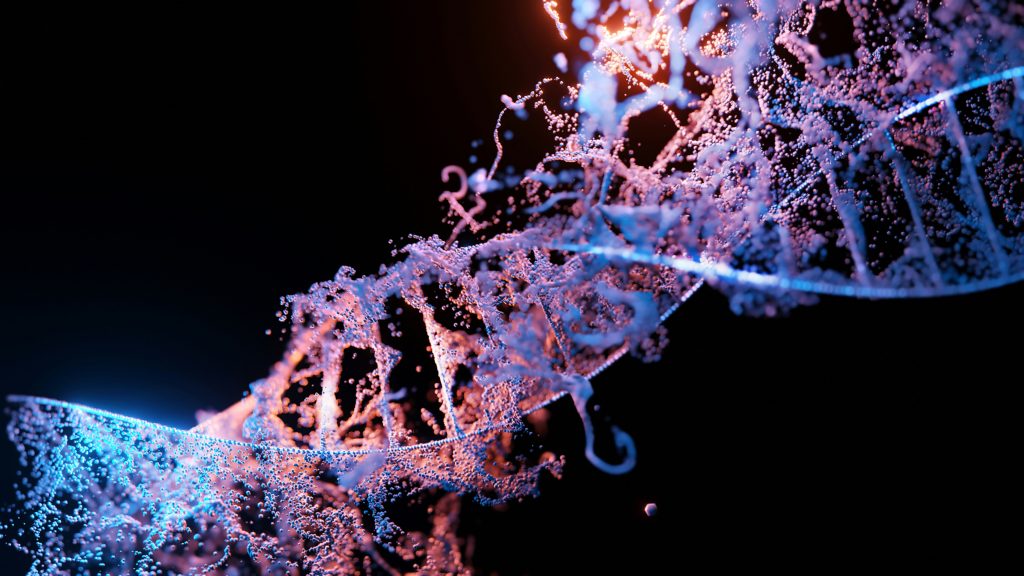Vaccines are one of the greatest achievements in modern medicine, saving millions of lives each year by preventing the spread of infectious diseases. But how do they actually work?
Vaccines train the body’s immune system to recognize and fight off harmful pathogens like viruses or bacteria. They typically contain weakened or inactive parts of the pathogen—such as proteins or genetic material—that trigger an immune response without causing illness.
Once introduced, the immune system creates antibodies and memory cells that stay in the body. If the person is later exposed to the real pathogen, their immune system can respond quickly, neutralizing the threat before it causes serious harm.
Thanks to vaccines, diseases like polio, measles, and smallpox have been drastically reduced or eradicated. In recent years, new technologies such as mRNA vaccines (used for COVID-19) have opened doors to faster, more adaptable vaccine development.
Vaccines are also vital for herd immunity—when a large portion of the population is immune, it limits disease spread and protects vulnerable individuals who can’t be vaccinated.
However, vaccine misinformation remains a challenge. Public understanding of vaccine safety and efficacy is critical for maintaining trust and achieving widespread immunization.
Scientific research, rigorous testing, and continuous monitoring ensure vaccines are both safe and effective. Regulatory bodies like the WHO and CDC oversee approval and distribution to maintain public health standards.
In conclusion, vaccines are a cornerstone of global health. Understanding the science behind them not only highlights their importance but also empowers communities to make informed, life-saving decisions.



